Home>Interior Design>A Traditional Mixed-period Manor House In Wiltshire
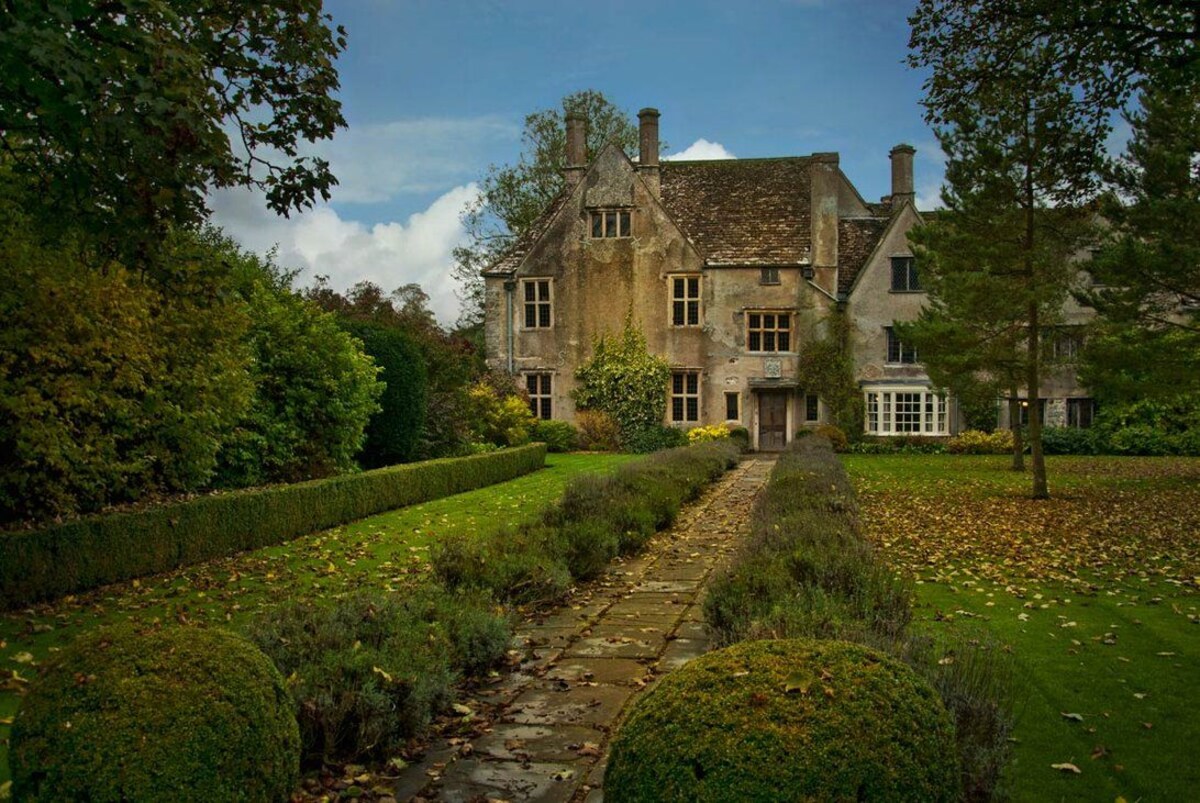

Interior Design
A Traditional Mixed-period Manor House In Wiltshire
Modified: October 20, 2024
Discover the enchanting interior-design of a traditional mixed-period manor house in Wiltshire. Immerse yourself in the timeless elegance of this exquisite historical gem.
(Many of the links in this article redirect to a specific reviewed product. Your purchase of these products through affiliate links helps to generate commission for Storables.com, at no extra cost. Learn more)
Introduction
Welcome to the enchanting world of traditional mixed-period manor houses in Wiltshire. Nestled among the picturesque countryside, these architectural gems offer a glimpse into the rich history and timeless beauty of English design. From their origins in the distant past to their present-day magnificence, these manor houses have stood as testaments to craftsmanship and aesthetic refinement.
Each manor house tells a story, woven through the centuries as it has witnessed the ebb and flow of history. From the medieval period to the influence of the Renaissance and the addition of Victorian features, these houses represent the evolving tastes and architectural styles of their respective periods. Today, these historic residences continue to captivate visitors with their grandeur and elegance.
As you step inside these manor houses, you are transported to a different time and place. The architecture and design of the interiors are a testament to the meticulous attention to detail and the desire to create a harmonious living space. From the elaborately carved wooden paneling to the intricately patterned wallpapers, every aspect of the design exudes a sense of opulence and sophistication.
Key Takeaways:
- Step back in time and immerse yourself in the opulent world of traditional mixed-period manor houses in Wiltshire. From medieval fortresses to Victorian elegance, these architectural gems tell captivating stories of England’s rich history and enduring craftsmanship.
- Experience the timeless allure of Wiltshire’s manor houses, where history and modernity intertwine. Whether as private residences, event venues, or public attractions, these grand houses continue to enchant and inspire, preserving the legacy of the past for future generations.
History of the Manor House
The history of these traditional mixed-period manor houses in Wiltshire is steeped in intrigue, as they have witnessed the rise and fall of several eras. Their origins can be traced back to the early medieval period, when they served as fortified structures, offering protection to the ruling families.
During the medieval period, manor houses underwent significant changes. They evolved from defensive structures to become more comfortable and luxurious residences. The addition of large halls, grand fireplaces, and ornate tapestries transformed these houses into symbols of wealth and status. The intricate stone carvings and stained-glass windows further heightened their grandeur.
In the Renaissance period, manor houses in Wiltshire were influenced by the prevailing architectural styles of the time. Elements such as symmetrical facades, classical columns, and decorative motifs were incorporated into the existing structures, giving them a distinctly Renaissance flavor. These renovations and additions added a touch of elegance and sophistication to the manor houses.
The Victorian era witnessed a resurgence of interest in the medieval period, leading to the restoration and remodeling of many manor houses. Victorian additions such as turrets, bay windows, and elaborate gardens were added to enhance the visual appeal of these historic residences. While staying true to the traditional architectural elements, the Victorians injected their own flair and style into these manor houses.
Over the centuries, these traditional mixed-period manor houses in Wiltshire have stood as symbols of enduring architectural excellence. They have survived wars, uprisings, and changing social dynamics, representing a tangible link to the past. Today, these remarkable buildings offer a glimpse into the rich history of the region and serve as a testament to the craftsmanship and ingenuity of the people who built them.
Architecture and Design
The architecture and design of traditional mixed-period manor houses in Wiltshire are a testament to the craftsmanship and ingenuity of their builders. These houses harmoniously blend different architectural styles, resulting in a unique and captivating aesthetic.
Starting with the exterior features, these manor houses showcase a range of architectural elements. From the sturdy stone walls and imposing gateways of the medieval period to the harmonious symmetry and classical columns of the Renaissance, each era’s influence is apparent. The facades often feature intricately carved details, including motifs such as heraldic shields and floral designs.
Upon entering these manor houses, one is welcomed by a meticulously designed interior layout. The ground floor typically houses the grand reception rooms, including the great hall and drawing rooms. These rooms are adorned with ornate plasterwork, imposing fireplaces, and soaring ceilings. The upper floors house the bedrooms and private chambers, offering a glimpse into the more intimate aspects of daily life in the manor house.
The decorative elements found throughout these manor houses add a touch of opulence and charm. Elaborate wooden paneling graces the walls, showcasing intricate carvings and motifs. Ceilings are often adorned with decorative plasterwork, ranging from delicate floral patterns to majestic scenes. Tapestries and paintings adorn the walls, telling stories of the past and adding to the overall ambiance.
These manor houses also boast impressive collections of furniture, showcasing the craftsmanship and styles of different periods. From intricately carved wooden tables and chairs to luxurious upholstered sofas, each piece adds to the grandeur and comfort of the interior spaces. The attention to detail and the use of high-quality materials are evident in every aspect of the design.
In summary, the architecture and design of traditional mixed-period manor houses in Wiltshire are a true testament to the timeless beauty and artistic vision of the past. The blending of different architectural styles, the meticulous interior layout, and the presence of exquisite decorative elements truly make these manor houses architectural jewels in the English countryside.
Gardens and Grounds
The gardens and grounds surrounding traditional mixed-period manor houses in Wiltshire are as captivating as the architecture within. They have been meticulously designed to complement the grandeur of the houses while offering serene and picturesque outdoor spaces.
Formal gardens are a hallmark of these manor houses. These gardens are carefully laid out with symmetrical pathways and geometric patterns. One can find perfectly manicured lawns, meticulously pruned hedges, and vibrant flowerbeds bursting with color. These gardens are often divided into different sections, each with its own theme, such as a rose garden, herb garden, or a parterre.
The landscape design of these manor houses goes beyond the formal gardens. The expansive grounds are often carefully crafted to provide a sense of tranquility and harmony with nature. Large open lawns, meandering paths, and hidden alcoves offer opportunities for peaceful strolls and moments of solitude.
One cannot overlook the historical significance of the gardens and grounds surrounding these manor houses. Many of these landscapes have witnessed centuries of change and have played host to important events and gatherings. They have witnessed celebrations, leisurely walks, and conversations among the elite of their respective periods. As you explore these gardens, you can imagine the echoes of the past and feel a connection to the storied history of these magnificent properties.
Furthermore, the gardens often incorporate architectural elements such as ornate gazebos, stone bridges, and enchanting fountains. These structures not only add visual interest but also provide functional spaces for outdoor gatherings and social events. They serve as focal points within the expansive landscapes, creating a sense of scale and grandeur.
The gardens and grounds surrounding traditional mixed-period manor houses in Wiltshire are not just beautiful spaces; they are living testaments to the dedication and passion of garden designers throughout history. They offer a place of respite, tranquility, and natural beauty, allowing visitors to immerse themselves in the rich tapestry of the past.
When visiting a traditional mixed-period manor house in Wiltshire, be sure to take a guided tour to learn about the history and architecture of the building, as well as the stories of the people who lived there.
Preservation Efforts
Preserving the rich heritage of traditional mixed-period manor houses in Wiltshire is of paramount importance. Over the years, dedicated efforts have been made to ensure that these architectural treasures are restored to their former glory and maintained for future generations to appreciate and enjoy.
Restoration projects play a crucial role in preserving these manor houses. Skilled craftsmen and preservation specialists work meticulously to repair and restore the structural integrity of the buildings. This includes repairing damaged stonework, restoring antique windows, and preserving fragile decorative elements. These restoration projects aim to bring back the original beauty and authenticity of the manor houses while adhering to strict conservation guidelines.
Maintenance strategies are also essential in the ongoing preservation of these historic properties. Regular inspections are conducted to identify and address any signs of deterioration or damage. This includes checking for issues such as water damage, pest infestation, and wear and tear. By promptly addressing maintenance needs, the longevity and integrity of these manor houses are ensured.
One significant aspect of maintenance strategies is the implementation of sustainable practices. Efforts are made to use eco-friendly materials and techniques that minimize the environmental impact. This includes sourcing reclaimed materials, using energy-efficient lighting, and implementing water conservation measures in the gardens. By adopting sustainable practices, these manor houses strive to preserve their historic significance while embracing a more environmentally conscious approach.
Public support and funding are crucial in the preservation efforts. Many of these manor houses rely on donations, grants, and revenue from public access and events to fund restoration and maintenance projects. Public awareness campaigns and educational programs also play a vital role in fostering appreciation for these architectural treasures and garnering support for their preservation.
Through dedicated restoration projects and meticulous maintenance strategies, it is possible to safeguard the beauty and historical significance of traditional mixed-period manor houses in Wiltshire. By valuing these architectural gems and investing in their preservation, we ensure that future generations can continue to marvel at their grandeur and appreciate the remarkable craftsmanship of the past.
Read more: How To Design A Traditional Japanese House
Current Use and Ownership
Traditional mixed-period manor houses in Wiltshire have found various uses and owners in modern times, ensuring their continued relevance and preservation. From private residences to venues for events and functions, these grand houses have stepped into the present while honoring their rich history.
Many of these manor houses are still privately owned and serve as exceptional residences for those seeking a unique and prestigious lifestyle. The owners often take great pride in maintaining the original features and charm of the property while incorporating modern amenities for comfortable living.
Additionally, these manor houses are sought-after venues for events and functions. With their grand reception rooms, elegant grounds, and stunning surroundings, they provide the perfect backdrop for weddings, parties, and corporate gatherings. The historic ambiance and architectural splendor of these houses create an unforgettable setting for any occasion.
Several manor houses also offer public access, allowing visitors to explore and experience their beauty firsthand. Guided tours provide insights into the history and architecture of the houses, allowing visitors to immerse themselves in the captivating past. Public access not only allows people to appreciate the grandeur of these properties but also contributes to the ongoing preservation efforts by raising awareness and generating funds.
Public access is often facilitated through partnerships with heritage organizations or by opening certain sections of the manor houses as museums or exhibition spaces. These spaces showcase the rich history, artifacts, and stories associated with the properties. By offering public access, these manor houses become cultural hubs and contribute to the wider community’s appreciation of heritage and history.
The current use and ownership of traditional mixed-period manor houses in Wiltshire reflect a balance between preserving their historical significance and ensuring their viability in the modern world. Whether as private residences, event venues, or public attractions, these houses continue to enrich the cultural fabric of the region while remaining testaments to the enduring beauty and craftsmanship of the past.
Conclusion
Traditional mixed-period manor houses in Wiltshire are architectural treasures that transport us to a bygone era. With their rich history, intricate design, and captivating gardens, these houses offer a glimpse into the grandeur and opulence of the past.
From their early origins as fortified structures in the medieval period to the influence of the Renaissance and the Victorian additions, these manor houses have evolved over time, incorporating elements from different architectural styles. The meticulous craftsmanship and attention to detail displayed in both the exterior and interior design of these houses are a testament to the skills of the craftsmen who built them.
The gardens and grounds surrounding these manor houses are equally impressive. From the formal gardens with their symmetrical layouts to the expansive landscapes that provide a sense of tranquility and harmony, these outdoor spaces are carefully designed to complement the elegance of the buildings.
Preservation efforts play a crucial role in ensuring that these architectural wonders continue to inspire and captivate future generations. Through restoration projects and ongoing maintenance strategies, these manor houses are preserved in their original splendor. Public access and events held within these historic properties further contribute to their preservation while allowing visitors to immerse themselves in the rich tapestry of the past.
Today, these traditional mixed-period manor houses serve multiple purposes. They are cherished private residences, exclusive event venues, and educational public attractions. They represent a harmonious blend of history and modernity, offering a glimpse into a different era while remaining relevant in the present day.
As we marvel at the architectural beauty and immerse ourselves in the rich history of these manor houses, we are reminded of the enduring legacy of the past. These houses continue to inspire awe and admiration, serving as a testament to the creativity, skill, and artistry of those who built them.
Exploring these traditional mixed-period manor houses in Wiltshire is a journey through time, where the stories of the past converge with the present. These architectural gems stand as reminders of the rich cultural heritage of the region and serve as a source of inspiration for generations to come.
Frequently Asked Questions about A Traditional Mixed-period Manor House In Wiltshire
Was this page helpful?
At Storables.com, we guarantee accurate and reliable information. Our content, validated by Expert Board Contributors, is crafted following stringent Editorial Policies. We're committed to providing you with well-researched, expert-backed insights for all your informational needs.
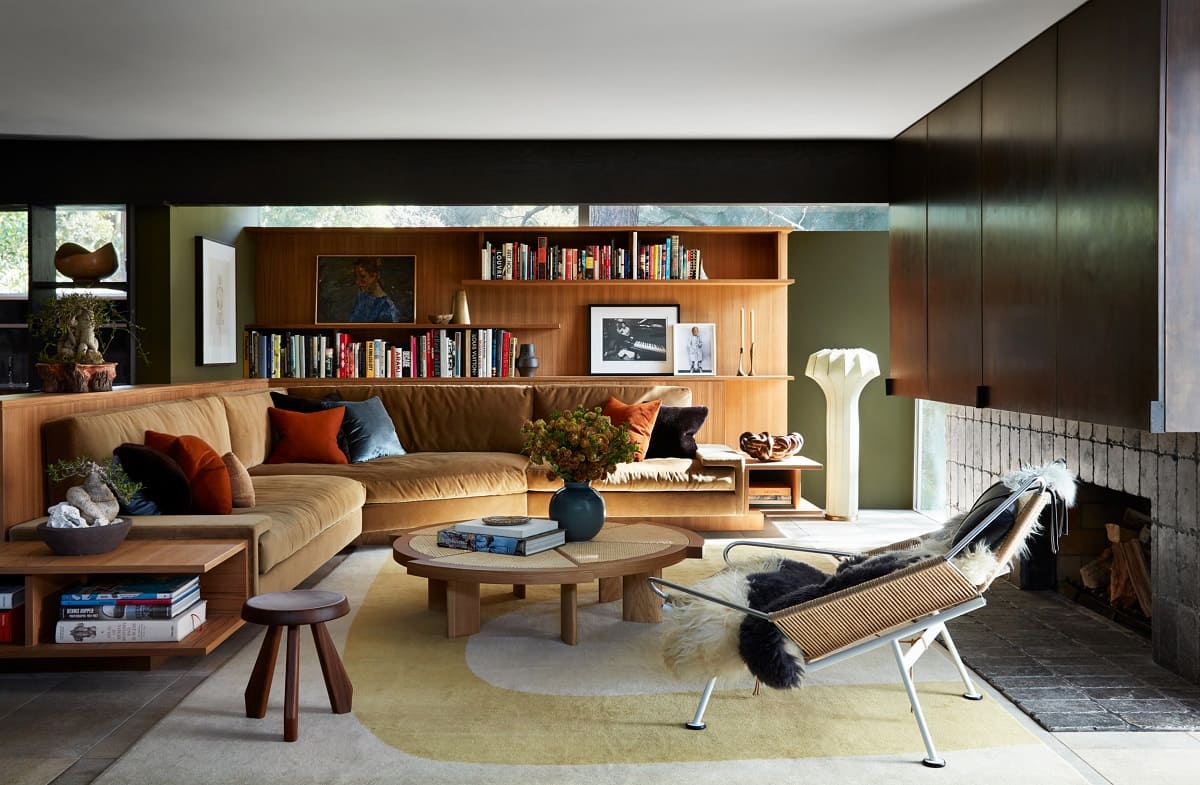
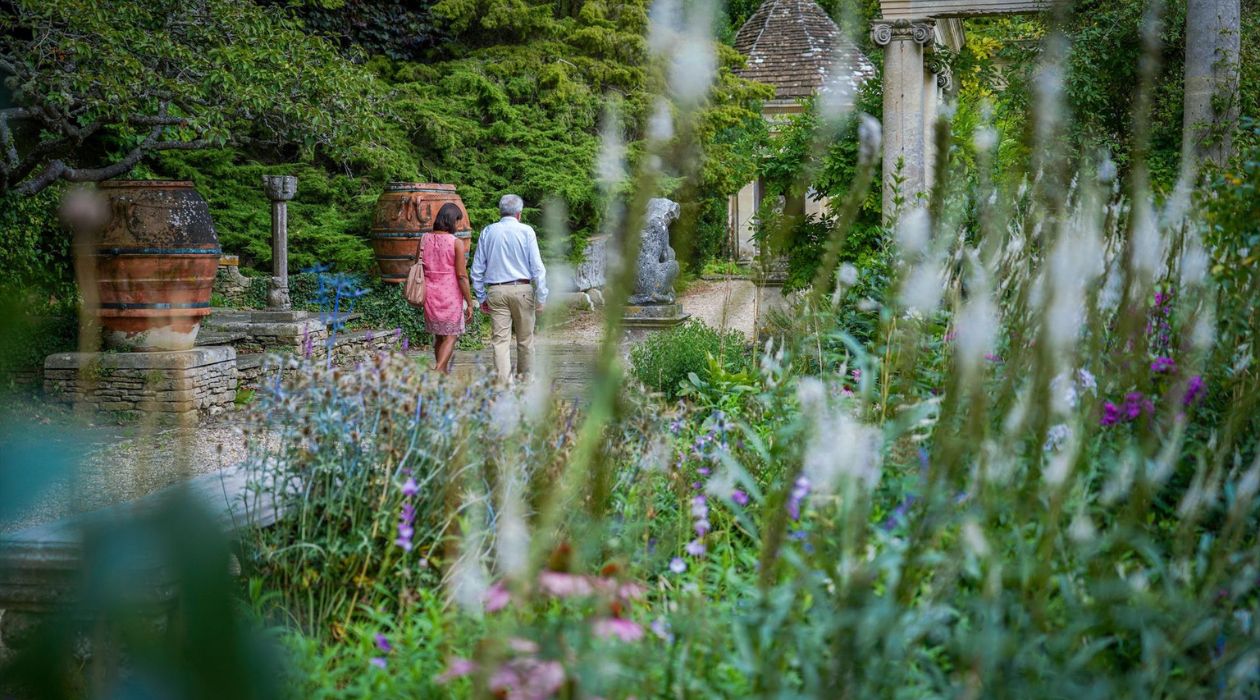


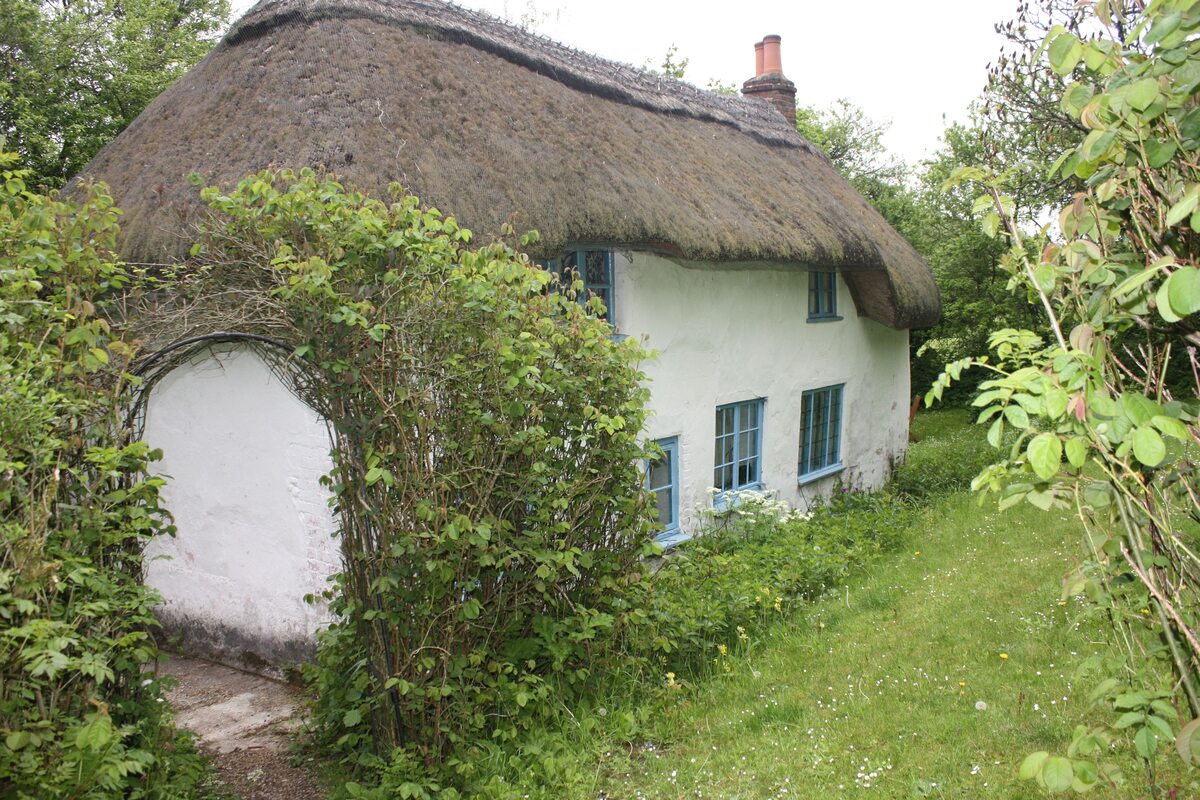



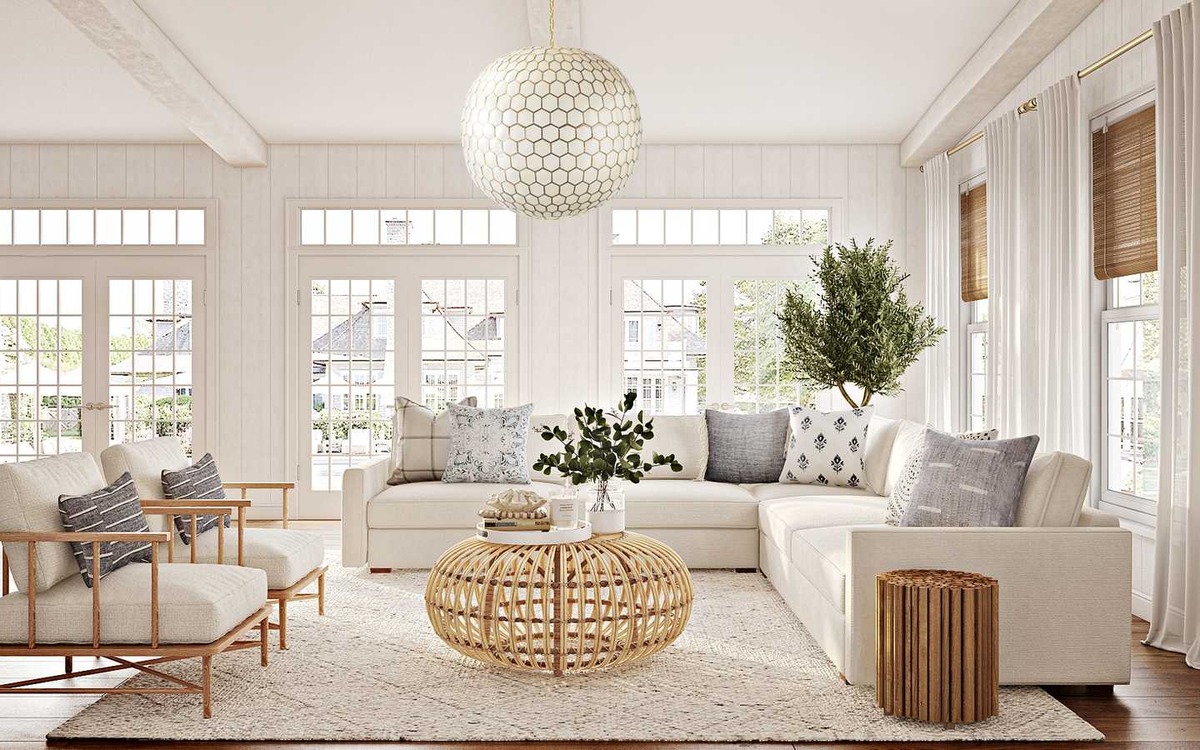

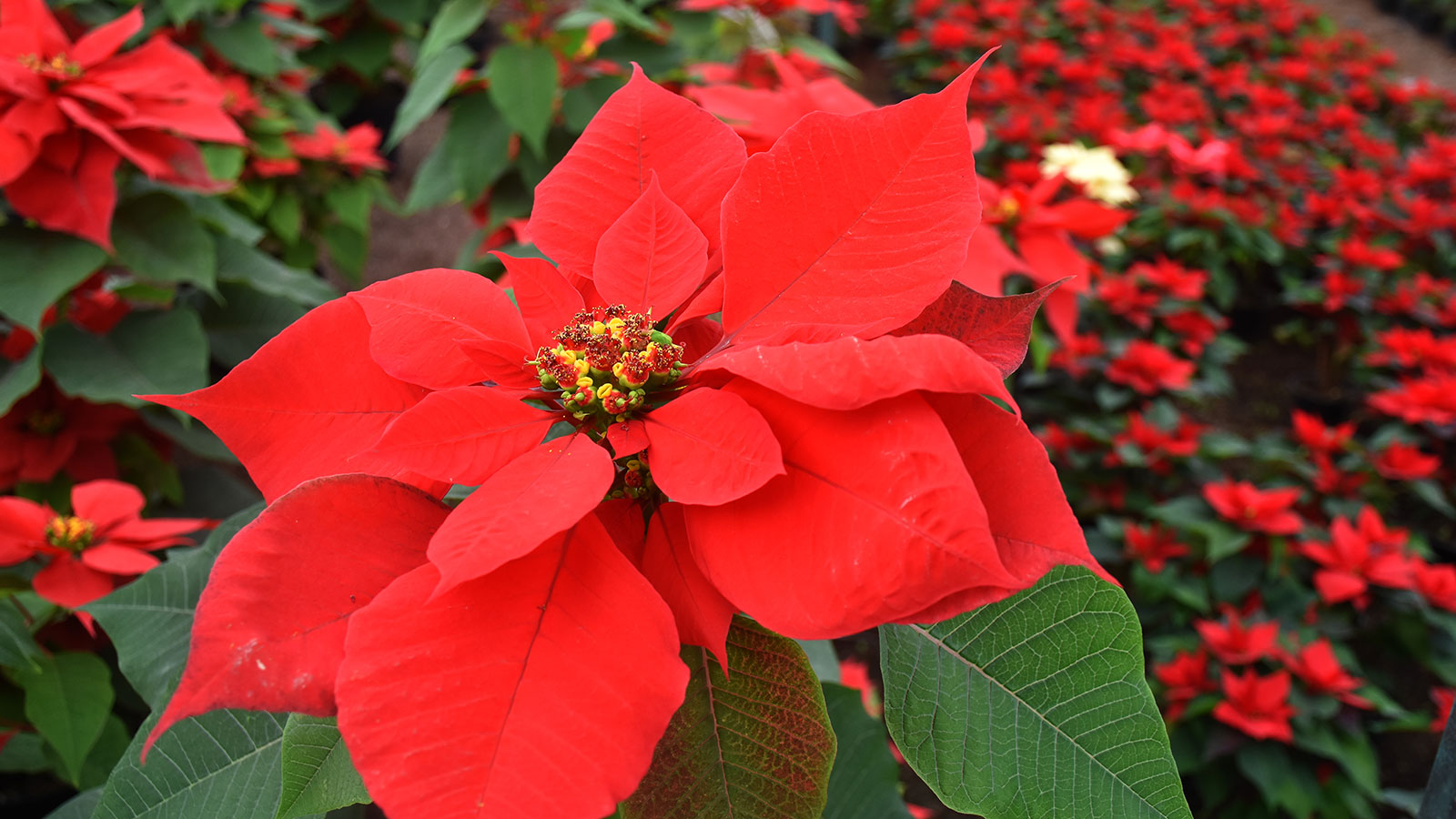




0 thoughts on “A Traditional Mixed-period Manor House In Wiltshire”